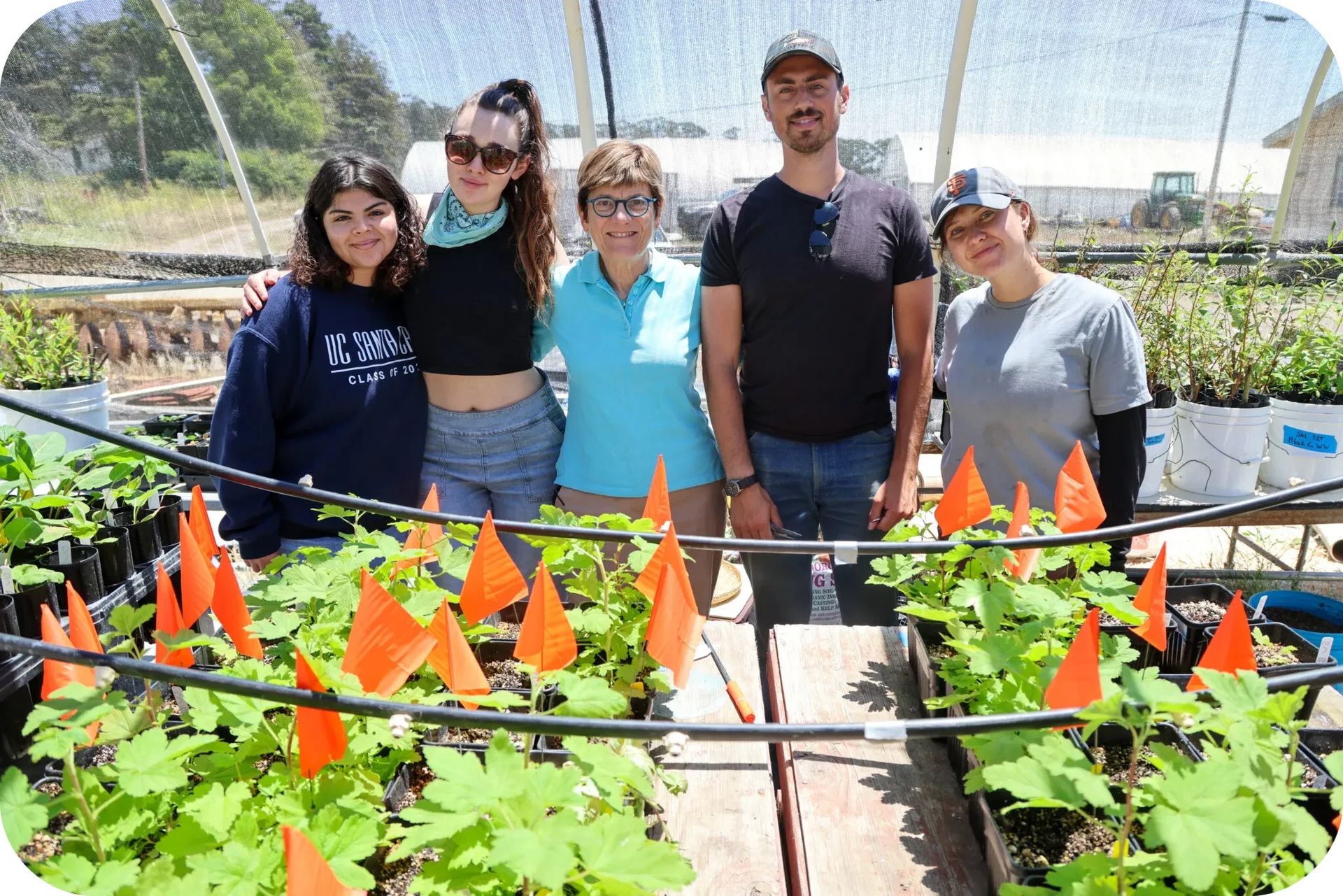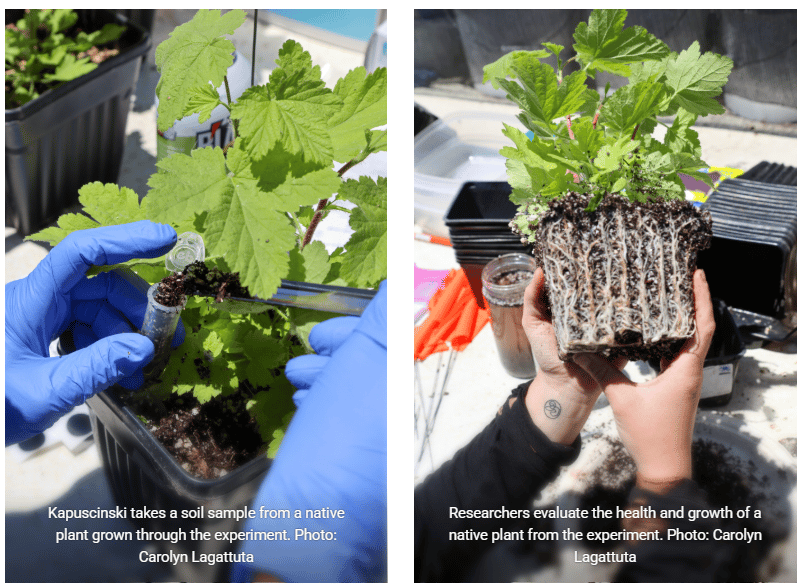- Daily Upsider
- Posts
- 🌞 A Revolutionary Hydrogen Powder
🌞 A Revolutionary Hydrogen Powder
Daily Upsider - Saturday, August 9th, 2025
Saturday, August 9th, 2025
Good Morning! 🌞
Happy Saturday
Today is National Book Lovers Day, a quiet reminder of the joy found in turning real pages — or tapping through chapters on a screen — and letting the noise of the world fade for a while. It’s about more than just reading; it’s the art of slowing down, of savoring words like a good glass of wine, and letting stories stretch the mind. If there’s a book you’ve been neglecting, today is the perfect day to return to it. 📚
Today’s Upside
Innovation
A Revolutionary Hydrogen Powder

Maria Kovalets via Unsplash
Researchers in Australia are redefining the future of hydrogen energy with a new powder-based system that could solve one of the biggest challenges in clean energy: how to produce, store, and transport hydrogen safely and affordably. A team from Curtin University and Velox Energy Materials has developed a method to convert hydrogen into a powdered form using sodium borohydride (NaBH₄), enabling cheaper and safer export. Backed by AUD$5 million in funding from the Australian Renewable Energy Agency (ARENA), the project now aims to build a pilot facility in Perth to demonstrate large-scale production powered by solar and wind energy.
At the heart of the innovation is sodium borohydride, a compound traditionally used in niche industrial applications. In 2022, researchers at Deakin University embedded hydrogen gas into NaBH₄ using a mechanochemical process that spins the material at high speeds in a sealed chamber. This powdered form offers a major safety advantage: unlike compressed gas or cryogenic liquid hydrogen—which require high pressures or -250°C storage—NaBH₄ powder is stable at room temperature and won’t release hydrogen unless heated. “It doesn’t require a lot of energy, and it’s safe,” said Professor Ian Chen, a nanotechnology scientist involved in the research. “The energy cost is about one-fourth that of compressing hydrogen gas.”
The circular breakthrough came when researchers figured out how to reuse the byproduct left after hydrogen extraction—sodium borate—by reinfusing it with hydrogen, creating a closed-loop system. Curtin University’s Craig Buckley noted that storing hydrogen this way not only lowers safety risks but also cuts transport costs by 15% compared to ammonia, the current low-cost alternative. If production targets are hit, the project could yield up to 550,000 tons of NaBH₄ by 2040, helping Australia become a world leader in hydrogen exports. “This method could play a part in meeting the rapidly rising global demand for Australian hydrogen,” Buckley said.
Good News
From Prison to Purpose

Freepik
Two women from vastly different backgrounds have united around a powerful shared mission: helping women rebuild their lives after prison. Willette Benford, now 60, spent 24 years incarcerated in Illinois before a change in state law granted her early release. While behind bars, she earned her GED and associate’s degree, became an ordained minister, and mentored fellow inmates. Upon her release, she joined Grace House, a nonprofit that provides housing and counseling for formerly incarcerated women—and her journey was just beginning.
Benford’s commitment to change caught the attention of city leaders. She became a legislative assistant for Chicago Alderman Walter Burnett Jr. and later was appointed by Mayor Lori Lightfoot as Chicago’s first director of re-entry. In that role, she helped formerly incarcerated individuals secure jobs, housing, and emotional support—pushing to reform background checks so certain convictions wouldn’t automatically block applicants from city employment. Her work eventually reached the office of Illinois First Lady M.K. Pritzker, who had previously met Benford at Grace House and recognized her unique impact.
In 2023, Pritzker appointed Benford as senior advisor on women’s issues. Together, they’re leading efforts to expand mental health care, housing, and job access for women leaving prison. “She brings an intelligence and a vigor to this work that I don’t think anybody else could do,” said Pritzker. The two are now launching a pilot program to provide childcare, housing, and job training for 100 newly released women—a bold step toward systemic change. “You just really shouldn’t judge people,” Pritzker said. “It’s really amazing what two women from two completely different backgrounds can do when they join forces.”
Environment
A Sustainable Farming

Professor Anne Kapuscinski (center) with (from left to right) Student Research Assistants Madison Medina and Macy Van Vlielt, Project Manager Stavros Boutris, and Pie Ranch Agriculture and Conservation Specialist Anika Tonnesen. Photo: Carolyn Lagattuta
At a coastal farm in Pescadero, California, scientists from UC Santa Cruz are exploring how wastewater from aquaculture—specifically water from tanks housing rainbow trout—can sustainably fertilize plants. Since October, the research team has been collecting “backwash” from trout tanks and using it to irrigate native plants at Pie Ranch, a nonprofit farm focused on land restoration and regenerative agriculture. The goal is to determine whether this nutrient-rich water enhances plant growth compared to traditional well water, with early findings expected in the spring. Some of the trial plants are already being used to help restore land damaged by the 2020 CZU wildfire, in collaboration with the Amah Mutsun Land Trust.
Leading the study is Professor Anne Kapuscinski, a longtime environmental scientist whose work typically centers on minimizing aquaculture’s ecological impact. But here, she’s looking to bridge the gap between fish farming and crop cultivation. “At a farm like this, you could easily grow the fish and grow the crops, and never the twain shall meet,” Kapuscinski said. “But I think the idea of integrating these systems makes a lot more sense, if you’re trying to build climate resilience.” The project, backed by the UC Santa Cruz Center for Coastal Climate Resilience, required syncing trout waste production with seedling readiness—a process that involved months of coordination, according to Leonard Diggs, who leads the farm’s regenerative agriculture work.

The team is comparing growth data from three native plant species, with half irrigated using fish water and the other half using well water. Researchers are measuring everything from plant biomass to changes in soil biodiversity. Many of the plants have cultural significance and will be used in land healing efforts led by the Amah Mutsun Land Trust, which requested that their medicinal uses remain confidential. “What we’re doing today... is restoring the path of being scientists and learning about how to take care of mother earth,” said Chairman Valentin Lopez. For Kapuscinski, the research is about more than results—it’s about showing that integrated, resilient farming systems are possible. As aquaculture expert Kevin Fitzsimmons notes, “Farmers have specialized so much that there’s few going back to this holistic, integrated way of farming.”
Support Daily Upsider!
Help our mission to share positive, meaningful news! Your support keeps us going without the need to bombard you with annoying ads!

🎭 Social Saturday: Who Were You... Before Life Happened?
Let’s rewind for a minute.
Before the routines. Before the bills. Before adulting became a full-time job.
Who were you when dreaming was effortless?
As for me—I always dreamt of becoming a doctor when I was a kid. It felt noble, important… like something I had to do. But life has a funny way of showing you what isn’t meant for you. Somewhere along the way, I realized the medical field just wasn’t my path—and that’s okay.
Now it’s your turn:
What’s one part of your younger self you want to reconnect with?
Reply and share—whether it’s a childhood dream, an old hobby, or just a forgotten part of you that still matters.
We’re listening. 💬✨
Mind Stretchers
⁉️
I don’t speak, yet say your name.
Without me, you can't play the game.
I hold your past and mark your flight—
Stamped in ink, yet not by right.
Answers to yesterday’s Mind Stretchers
I don’t tick, but I do run,
Turning over when I’m done.
Grains fall slowly, never loud,
I trap time in a fragile shroud. — an hour glass, James Godfrey got this correct first! 🌞
Be the first to send us the correct answer for today’s mind stretcher for a shout-out with the answer tomorrow. Just send us the answer and your name to [email protected] or reply to the email.
From the Community
If you have any uplifting stories and experience you might want to share, send those over to [email protected] for the chance to be featured.
Reply